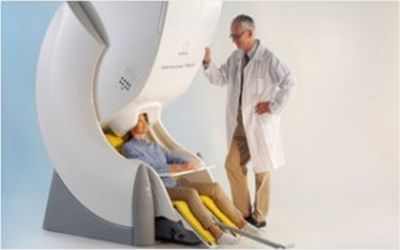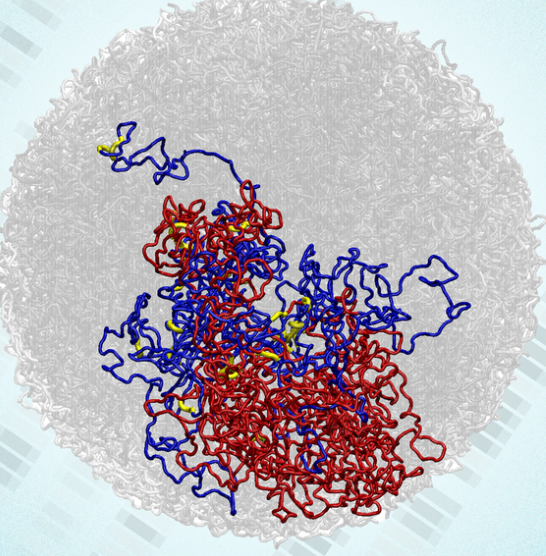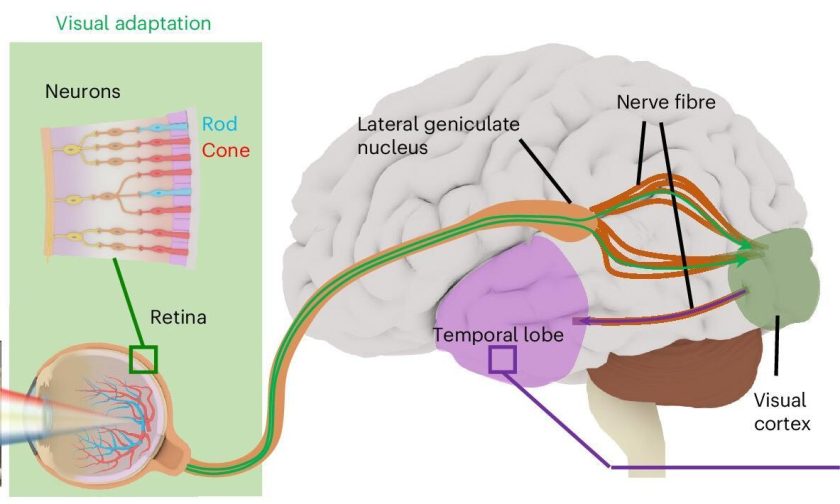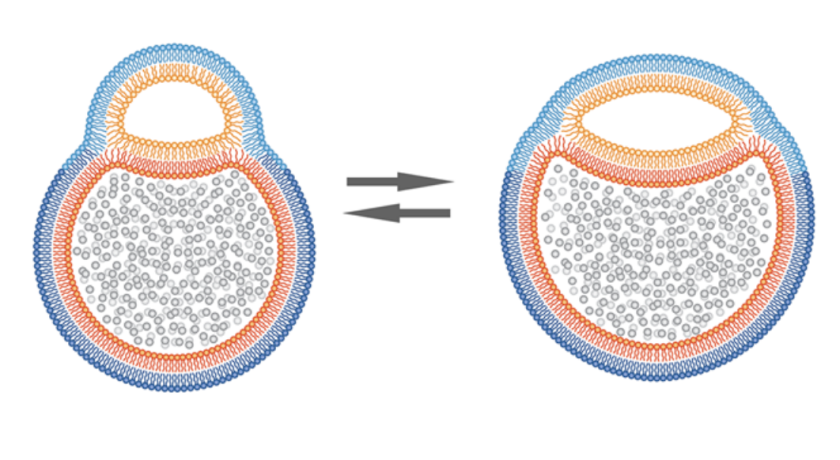The advanced brain imaging technology magnetoencephalography (MEG) could be the next big thing in the world of neurology and rehabilitation. “MEG is a new technology that measures the very faint magnetic fields that emanate from the head as a result of brain activity”- PBS.org .
MEG measures and captures magnetic fields generated by nerve cell circuits in the brain at a matchless time resolution. This gives us the ability to observe brain activity as it happens, according to Dr. Sylvain Baillet, acting Director of the Brain Imaging Centre at The Neuro. And such ability would allow one to control their own brain function in certain regions as they watch their brain activity happen.
We can use MEG for neurofeedback – a process by which people can see on-going physiological information that they aren’t usually aware of, in this case, their own brain activity, and use that information to train themselves to self-regulate. Our ultimate hope and aim is to enable patients to train specific regions of their own brain, in a way that relates to their particular condition. For example neurofeedback can be used by people with epilepsy so that they could train to modify brain activity in order to avoid a seizure.
-Dr. Sylvain Baillet
A research was conducted to test the new technology. Participants of the study took part in nine sessions in the MEG each, and were asked to use neurofeedback to work towards a set target. The target was to focus on a coloured disc on a screen in front, and find a way to change the disc’s colour from dark red to bright yellow white. The task also involved maintaining that bright colour for as long as possible. The researchers had set up the presented colour so as to represent brain activity within regions in the motor cortex. In order for this experiment to be possible, the scientists combined MEG with MRI technology, resulting in information on the brain’s structures, known as magnetic source imaging (MSI).
“The remarkable thing is that with each training session, the participants were able to reach the target aim faster, even though we were raising the bar for the target objective in each session, the way you raise the bar each time in a high jump competition. These results showed that participants were successfully using neurofeedback to alter their pattern of brain activity according to a predefined objective in specific regions of their brain’s motor cortex, without moving any body part. This demonstrates that MEG source imaging can provide brain region-specific real time neurofeedback and that longitudinal neurofeedback training is possible with this technique.”-Dr. Sylvain Baillet
Such results could be applied and used in several clinical fields to deal with various conditions, whether neurological or psychiatric. And who knows, sometime in the future, this technique could prove more efficient than the traditional approaches used in the fields of habilitation and rehabilitation.
Source: MedicalXpress
Photo provided by Elekta AB




